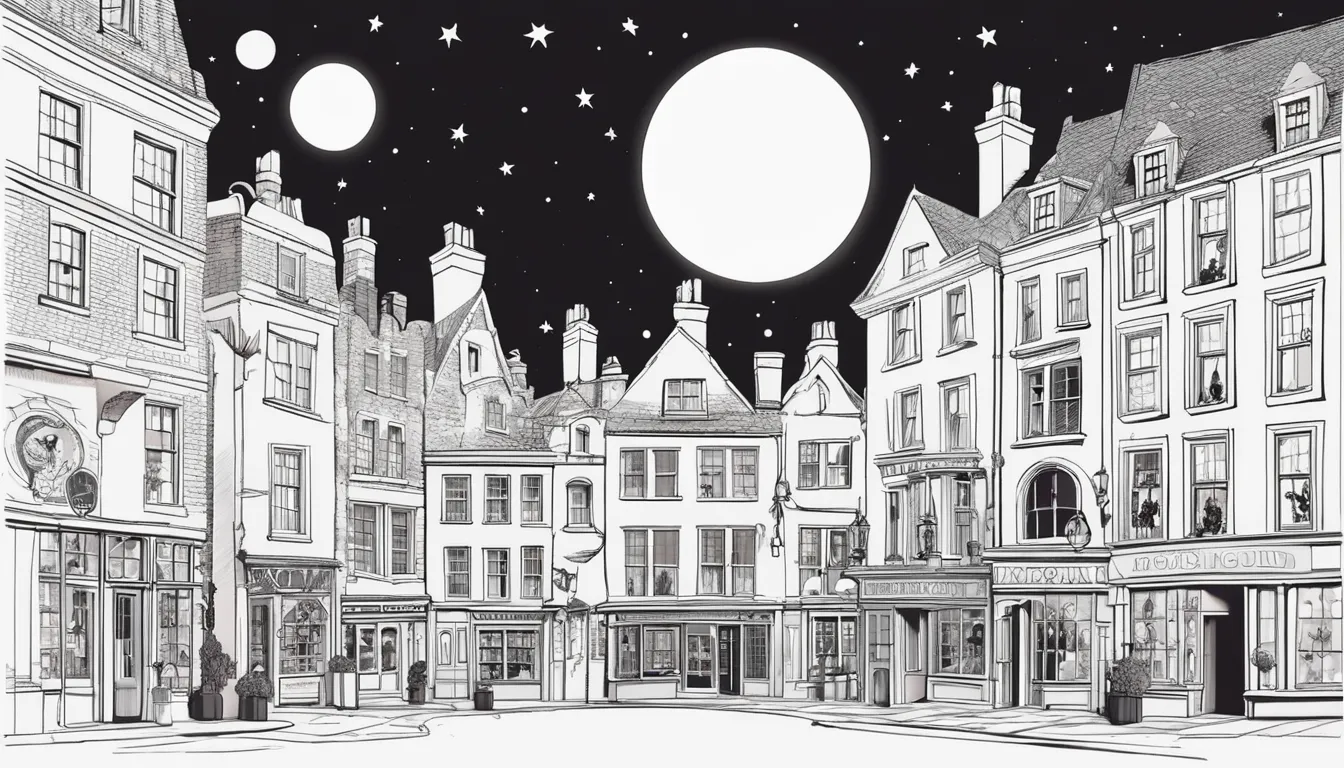How Can Conceptual Art That Is Social Sculpture Engage The Viewer?
Conceptual art is a social sculpture, in that it connects the viewer and the social contexts around it through participation and interaction.
Conceptual works of art are often interactive and encourage involvement by the viewer. The art is created by inviting the viewer to participate actively, either through physical engagement or mental reflection.
Dialogue and discourse:
Conceptual art can stimulate debate and discussion by addressing current social, cultural and political issues. It entices viewers through stimulating critical thinking and discussion.
Social Commentary and Critique
Conceptual art is a way to make an observation on social issues or to critique social issues. Through challenging assumptions, norms and power structures, it entices the viewer to think about and reconsider different perspectives.
Community Engagement
Conceptual artwork encourages community participation by facilitating collaborative action and collective collaboration. Through public installations, workshops or performances, conceptual art brings people together to discuss and explore common concerns and personal experiences.
Site-Specificity, Context and Context
Conceptual artwork is often localized, meaning that it is developed with a specific place or social context in mind. It is a response to the unique features and dynamics of the place. It creates a strong relationship between the people around and the art.
Empowerment and Agency
Conceptual art empowers its viewers by allowing them to be in control of their own experiences and interpretations. Through encouraging active and critical thinking, conceptual artwork promotes an empowering sense of responsibility for social change.
Multidisciplinary Approach
Conceptual art draws inspiration from an array of art forms and disciplines that blur the lines between activism, art and daily life. By adopting a multidisciplinary perspective it connects with different communities and perspectives that promote diversity and inclusion.
Conceptual art is viewed as a sculpture for the social, which connects the viewer with the social environment through dynamic, interactive interactions. It challenges the conventional notions about art by encouraging dialogue, criticism, and participation in the community. View the most popular art by painting for blog info including installation art, framed prints, art of contemporary, printing giclee, canvas of art, painting in art, artist's names, art what is art, original artwork, art ai and more.

Image courtesy of artists-anonymous.co.uk. Please visit
How Do You Evaluate The Material And Medium Used In Painting And Afterimage Conceptual Artwork?
Assessing the medium and materials that are used in painting and subsequent conceptual art requires examining their roles in the making of the artwork and their aesthetic characteristics, and their impact on the viewers' experience. Here's how to evaluate the materials and medium that are used: Medium
The term "medium" is used to refer to the materials the artist has chosen to work with to create their work. The medium may include acrylics, oils or watercolors as well as mixed media in painting or afterimage conceptual art.
The choice of media can have an important influence on the aesthetics of a piece like texture, color saturation or surface quality. Different media give artists distinct options for expression and experimentation.
In evaluating the medium it is important to consider how it can convey the artist’s ideas and concepts. It is also important to consider its capacity to stimulate the viewer's senses.
Materials:
Artists can employ a variety of materials in addition to paint to create an afterimage. This can include complementary colours such as optical filters or other techniques which create an enduring visual experience after the stimulus.
In order to maximize the effect of an afterimage it is essential to choose substances that produce the desired visual effect. The artist should select items that create the desired visual effect, and also complement the original painting.
In assessing the materials used in the evaluation, it is important to be aware of the durability, long-term use and environmental impact of the material.
Integrating Medium and Materials
Integration of the painting media and afterimages is vital to the overall success. Both of them must work harmony to produce a stunning visual experience.
To assess the integration, we need to examine the harmony between the medium as well as materials within the work of art as well their ability enhance and amplify the ideas and concepts expressed by the artist.
Impact on Viewer Experience:
In the end the materials and mediums used for the creation of paintings and afterimage are crucial in influencing the viewer’s experience. They influence how artwork feels, looks and how it is perceived by the person viewing it.
When considering the medium and content in the evaluation of the material or medium, it is essential to think about their effect on the viewer’s sensory perception and cognitive understanding as well as emotional engagement.
In summarising, when looking at the materials and mediums employed in conceptual painting or artwork that is afterimage, it is important to think about their significance in aesthetics, aesthetic quality, and integration, and impact on viewer experience. These aspects can help us gain more understanding of the work and its meaning. Follow the most popular enquiry for more advice including art performers, paintings of paintings, modern artists, art ai, artist website, pictures to paint, contempo arts, artistic painting styles, prints liverpool, arts con and more.

Image courtesy of artists-anonymous.co.uk. Please visit
How Do You Evaluate The Legacy And Influence Postimage Conceptual Artwork And The Painting?
Assessing the legacy and influence of painting and afterimage conceptual artwork requires examining how the work has influenced the art world locally in Berlin and globally, from the time it was created during Berlin 2001. Here are some methods to assess this aspect:
Consider how the artwork has influenced the local art scene in Berlin since its inception at the beginning of 2001. Did it inspire other artists to explore similar ideas or methods? Have you sparked dialogue and discussion about important questions of culture or politics within your community?
Reflect on the exhibitions, initiatives, or events that were affected by an art work and its contribution to Berlin's cultural and artistic scene.
Global Influence:
Find out how the art's influence on the global arts world has changed since its conception, in Berlin 2001. Have you ever seen it in another city or country? Have you received international critical acclaim and recognition?
Consider how this work has influenced and inspired other artists, curators of art and institutions across the world. Also, consider the ways it has shaped modern art practices and ideas.
Artistic Invention:
Reflect on its artistic innovation and its impact on the evolution and practice of conceptual art. Did it introduce new techniques or methods that other artists have taken on? Have they pushed the boundaries of the art forms of painting and conceptual artwork?
Consider how the artwork has challenged the traditional ways of perception and interpretation, and how it has expanded the possibilities of the art that it can could be.
Political and Cultural Commentary
Examine the political and cultural critique of the work as well as its impact in the world of art. Have it sparked debates and discussions on key political or cultural issues? Has it challenged beliefs?
Think about the ways that art have helped to improve understanding of social, political, and contemporary issues in the world of culture locally as well as globally.
Long-Term Significance:
Think about the art's future impact and significance in the art world. Have they stood up to the test of history, remaining relevant and influential even years after its creation. Did it inspire future generations of artists and art enthusiasts?
Consider the impact and legacy of the artwork continue to influence the world of art and our understanding of current art practices and ideas.
To summarize, in order to evaluate the impact and legacy of the painting and afterimage concept artwork, we must take into account its impact on the art world both locally and internationally since its inception in Berlin in the year 2001. Through analyzing its artistic innovations and its cultural, political and social commentary through the years, we are able to gain an understanding of the way it has affected the art of today.


